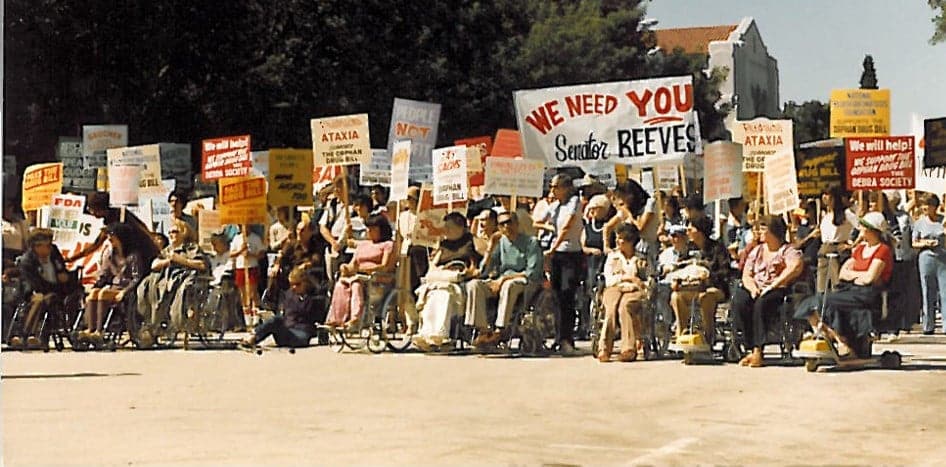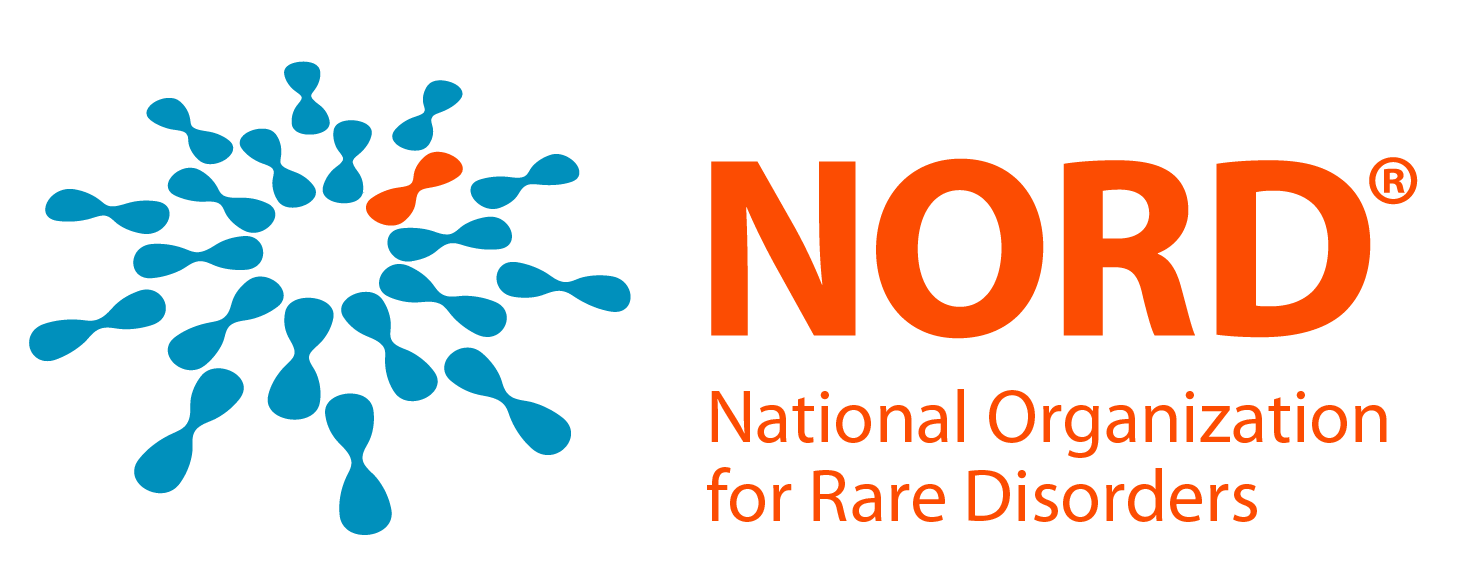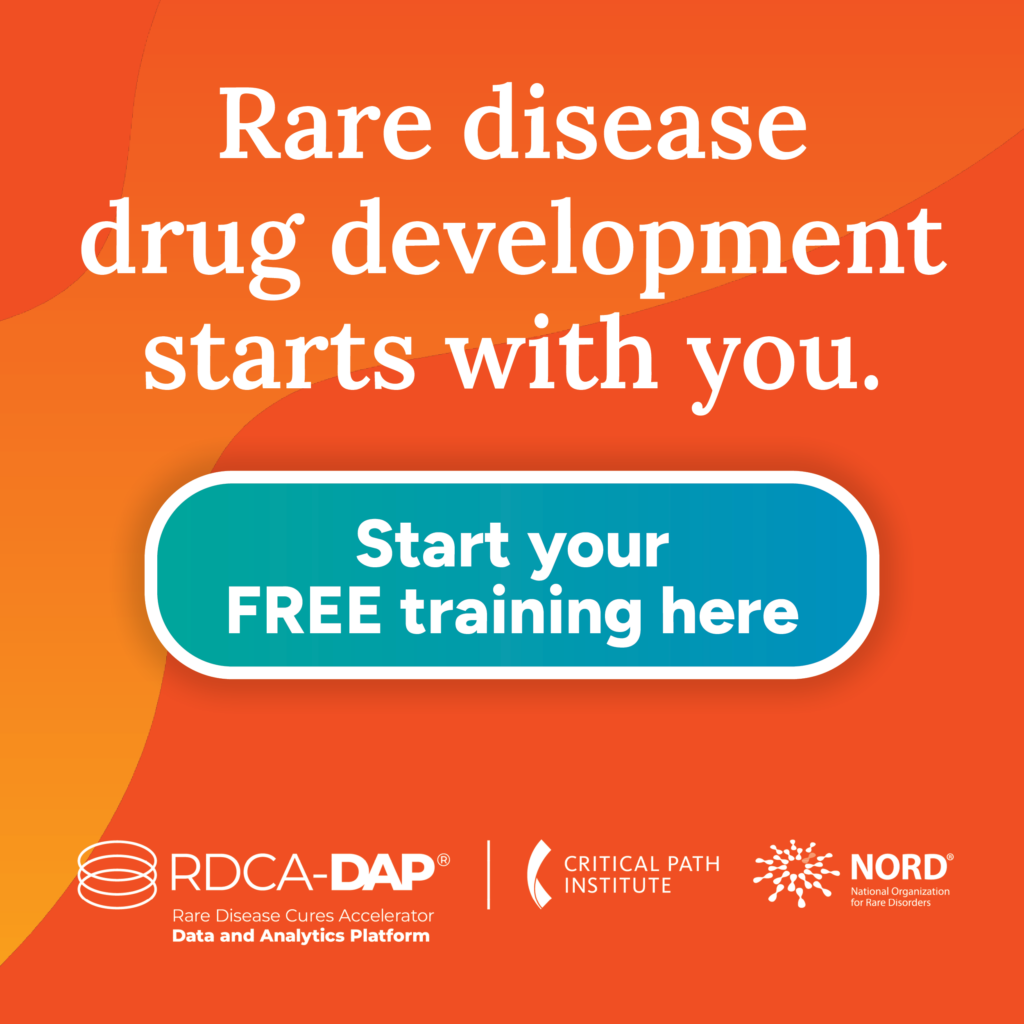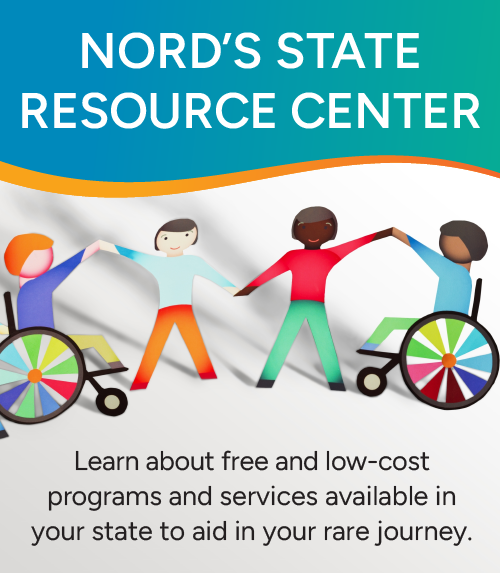Individuals suffering with rare diseases had very few therapeutic options 40 years ago.
But that began to change with the stroke of a pen by then-President Ronald Reagan in January 1983 when he signed the bipartisan Orphan Drug Act into law.
On Jan. 4, the rare disease community will celebrate the 40th anniversary of the Orphan Drug Act (ODA) — legislation that incentivized drug companies to put more resources toward the research, development, and distribution of therapeutics for people with rare diseases, who until then had been ‘orphaned’ by the medical and scientific community.

The creation of the ODA and the founding of the National Organization for Rare Disorders (NORD) are forever intertwined. The rare patients and caregivers who started the rare advocacy movement — which convinced lawmakers to introduce orphan drug legislation — knew their work was not done after the bill became law. They formed NORD to unify the voices of the unheard within the rare disease community under the premise that a rising tide could lift all boats.
We are forever thankful to NORD’s founders — Abbey Meyers, Ruby Horansky, Niss Ryan, Jung Chung, Sharon Dobkin, Melvin Van Woert, M.D., George Brewer, M.D., Ann Kone, Judy Rosner and Richard Vodra, among others — for their unwavering, tenacious activism and for all those that joined in with their voices to start the rare disease advocacy movement. It was their devotion to their loved ones, their courage to step outside of their comfort zones, and their determination to move mountains so that others could see hope ahead that have brought us here today.
As we celebrate both NORD and the ODA’s 40th anniversaries, it’s fitting to recognize their impact on the rare disease community.
The Origins of the Orphan Drug Act
The impetus for what would become the Orphan Drug Act started in 1979 with a Food and Drug Administration (FDA) Task Force report calling for measures to address the “orphan drug problem,” which the task force labeled a significant public health issue — namely that drugs for small patient populations were not being developed.
The report coincided with a bipartisan effort by lawmakers — led by U.S. Rep. Henry Waxman of California — to address this issue after learning about it from a constituent.
Waxman, then the chair of the Subcommittee on Health and the Environment of the House Energy and Commerce Committee, held hearings and gathered evidence of the problem before drafting legislation —the Orphan Drug Act — to create financial incentives designed to encourage the development of treatments for those with rare diseases.
Waxman served as the bill’s primary House sponsor. Kansas Sen. Nancy Landon Kassebaum introduced it in the Senate.
“For those with rare diseases, this is a tragic, and sometimes hopeless, situation,” Rep. Waxman said in his opening statement for the Orphan Drug Act hearings in 1982. “For the rest of us who believe that people with rare diseases suffer no less and are no less deserving because they are so few, this situation is intolerable. It must be changed.”
Adding to the noise surrounding the Orphan Drug Act were the voices of Maurice and Jack Klugman, brothers who respectively starred in and produced a then-popular television show called Quincy, M.E. Maurice learned of the orphan drug problem after reading an article in the L.A. Times from a reporter who attended one of the hearings. He too had a rare condition and was compelled to help shine a light nationally. The show aired multiple episodes featuring the plight of people searching for unknown answers and calling for Congress to intervene and help solve the orphan drug problem. Jack Klugman later testified in front of Congress, which at the time was unheard of for a celebrity. The recognition it brought to the issue, along with the tireless efforts of parents, patients and lawmakers, helped to push the Orphan Drug Act over the finish line.
 Actor Jack Klugman and his brother, Maurice, assisted rare disease patient advocates in focusing national attention on the issues through a 1980 episode of the television show, Quincy, M.E.
Actor Jack Klugman and his brother, Maurice, assisted rare disease patient advocates in focusing national attention on the issues through a 1980 episode of the television show, Quincy, M.E.The bill was approved by the House on Dec. 14, 1982, and by the Senate three days later. President Reagan signed the bill into law on Jan. 4, 1983.
40 Years of Action and Activism
Since 1983, the Orphan Drug Act has paved the way for four decades of innovation and change and NORD has helped strengthen the rare disease community, which today numbers more than 25 million Americans.
In 1989, the National Commission on Orphan Diseases published a pivotal report, based on a NORD-led study conducted in 1988, documenting the continued need for a national effort to address issues such as the delay in obtaining an accurate diagnosis, the financial hardship of having a rare disease on patients and their families, and the lack of access to therapies.
That report, in turn, helped spur the creation of the National Institutes of Health (NIH) Office of Rare Diseases Research (ORDR), which has played a pivotal role in connecting patient advocacy organizations with the NIH — the primary government funder of medical research in the U.S.
The NIH Office of Rare Diseases Research has also provided funding for numerous disease-specific conferences, in partnership with patient advocacy organizations, and played a key role in assuring that patient advocacy groups would be included as partners with researchers in the NIH Rare Diseases Clinical Research Network.
The unrelenting advocacy of NORD and incredible rare disease community has been instrumental to the gains and milestones made possible over the last 40 years. A few of our community’s many notable wins:
- Creation of the accelerated approval pathway, which the FDA uses to expedite the approval of and patient access to drugs that were intended to treat serious and life-threatening diseases and conditions with unmet medical needs (1992).
- The launch of ClinicalTrials.gov, a website that lists all studies receiving funding from the US government, creating a central location where patients could learn about clinical trials for rare diseases (2000).
- The Rare Diseases Act is signed into law, codifying the NIH Office of Rare Diseases Research and providing for the establishment of the NIH Rare Diseases Clinical Research Network (2002).
- Completion of the Human Genome Project, opening the door to future medical innovation fueled by genomic and personalized medicine (2003).
- Establishment and later expansion of the Compassionate Allowances Program within the U.S. Social Security Administration which provides expedited review of applications for disability assistance from individuals with certain severely disabling conditions (2008).
- Establishment of an Associate Director for Rare Diseases position within the FDA’s Center for Drug Evaluation and Research (2010).
- Passage of the Affordable Care Act, which included rare disease community priorities to eliminate annual and lifetime insurance caps, prohibit discrimination based on pre-existing medical conditions, and expand access to affordable, comprehensive health care for millions who were previously unable to afford it (2010).
- NORD launches a new platform for patient registries and natural history studies to advance understanding of rare diseases, encourage research and support data-sharing (2014).
- The FDA’s first-ever approval of a gene therapy (2017) and establishment of the private-public Bespoke Gene Therapy Consortium (2021) which gives new hope for treatments for those with a genetic component to their rare diseases.
- Launch of the Accelerating Rare Disease Cures (ARC) Program by the FDA’s Center for Drug Evaluation and Research which aims to speed up and increase the development of effective and safe treatment options for patients with rare diseases (2022).
The Road Ahead
Prior to 1983, only 38 drugs were approved to treat rare diseases. As a result, people living with rare diseases often had nowhere to turn for resources or to connect with others. Since the passage of the Orphan Drug Act, more than 7,000 rare diseases have been identified and over 1,100 orphan indications for treatments have obtained FDA approval.
The past 40 years have brought tremendous change and progress for the rare disease community. Diseases previously unknown and orphaned now have dedicated patient advocacy and support groups, clinical centers of excellence, approved treatments, and burgeoning new gene therapies. The ODA has provided lifesaving and life-changing treatments to children and adults.
But while it’s important to celebrate these amazing successes, it’s equally important to recognize that we still have a long way to go.
There are more than 7,000 known rare diseases with fewer than 10 percent having a treatment and even fewer have cures.
More than 25 million Americans — roughly 1 in 10 people living in our country — have a rare disease. Many of these conditions are progressive and degenerative and remain life-threatening or life-altering.
Half of rare disease patients are children, whose hope for a future resides in the continued tenacity and unwavering commitment of the rare disease movement.
These are daunting numbers and facts, for sure. But the last 40 years have taught us that the rare disease community has tremendous collective power — and when that power is harnessed, we can drive innovation and progress.
That’s why NORD remains energized with the hope that, together, we can continue to build on the accomplishments of the past four decades and improve the health and well-being for all people living with a rare disease and their families.
Together, we can create more awareness, train the next generation of advocates and ensure people living with rare diseases are seen, heard and cared for.
Together, we can continue to educate current and future health care professionals, and push for legislation that will improve health care for those that need it most.
Together, we will create a better future for every person living with rare diseases.


